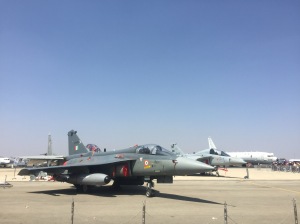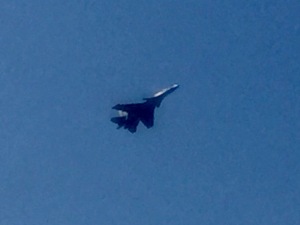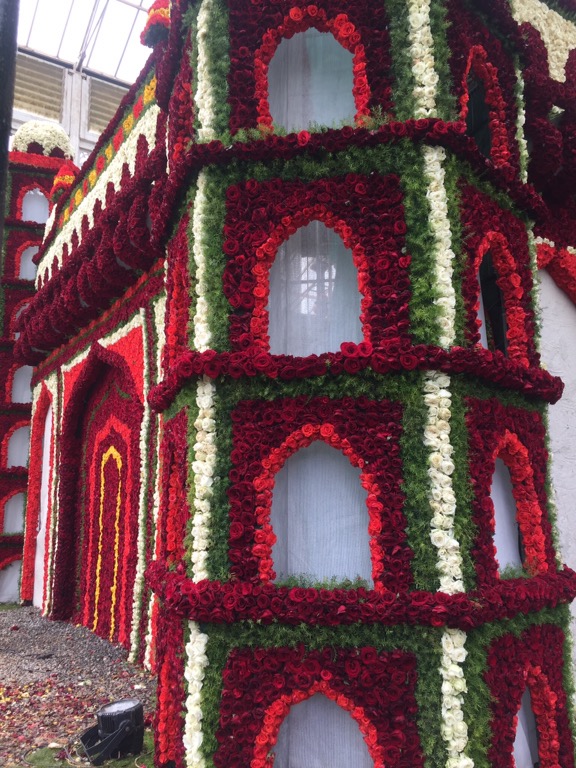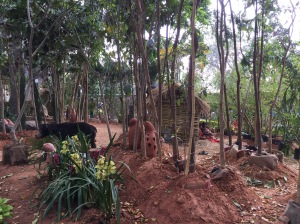What is it?
Jallikatu is a traditional part of the Pongal (harvest festival) celebrations each year in Tamil Nadu. It is a bull taming event which is supposed to preserve the indigenous breeds of cattle such as the Jellicut. The untamed bull is used for breeding. The event can be traced as far back as 400-100BC.
What’s the issue?
It’s been banned since 2014. This was seen as an assault on the culture and pride of the Tamil Nadu people. Protests began just after Pongal when clearly the Tamil Nadu people were fed up of not being able to hold a traditional event.
Legalities
In 2013 the Animal Welfare Board of India watched Jallikatu events looking at the Prevention of Cruelty to Animals Act to ensure it wasn’t violated. It has been banned since 7th May 2014 when the Supreme Court decided to uphold the the notification issued by the Ministry of Environment in 2011 to add bulls to the list of animals whose training and exhibition is prohibited. In 2015 the government issued an executive notification that granted exemptions from restrictions on the use of bulls as performing animals in traditional sports.
In late 2016, after a meeting with the Tamil Nadu Chief Minister, Prime Minister Modi tweeted that he would be supportive of the the Tamil Nadu government who had the power to treat Jallikatu as a traditional sport. Whilst doing so the Tamil Nadu state government would have to ensure there was no cruelty to the bulls during this event.
The state legislature subsequently passed legislation on Monday 23rd January in a special assembly to make Jallikatu legal again.
As at Wednesday 25th January the Prevention of Cruelty to Animals (Tamil Nadu Amendment) Bill 2017 had been passed by the Assembly and was with the President to evaluate if it contradicted with the Constitution of India. The Supreme Court held a hearing of the challenges against the new law on 31st January. As a consequence of of the law passed by the Tamil Nadu state assembly, an interim application was made by the Attorney General to withdraw its notification from January last year which would bring bulls back into the category of performing animals under the 1960 Act.
On Tuesday 31st January the President assented to the amendments to the Prevention of Cruelty to Animals Act 1960 to allow Jallikatu. The Supreme Court also refused to stay the new state law as petitioned for by some pressure groups; The Prevention of Cruelty to Animals (Tamil Nadu Amendment) Act 2017 is for the preservation of a variety of bulls as well as culture.
Protests
Thousands of peaceful protesters gathered on Chennai’s Marina on 16th January in a spontaneous protest demanding that the Tamil Nadu government and the Indian government allow Jallikatu. A bandh was declared on 20th January and everything shut down in support of the protests. Some schools and colleges also closed as a result. Tamil Nadu culture and identity is felt by the protestors to be under threat. The protests gathered pace from a social media protest to an actual protest. It appears to be leaderless as a result. The protestors were initially mainly students but as families joined the protests the solidarity of the people of Tamil Nadu became apparent. Speakers appeared talking about Tamil Nadu race, identity, culture and jallikatu. Volunteers distributed food and water in the searing heat. Newspapers reported that anti establishment slogans were shouted and there was anger directed at the Chief Minister of Tamil Nadu and the Prime Minister of India.
PETA (People for the Ethical Treatment of Animals) was a target on social media. PETA has stated that the bulls used in Jallikatu are subjected to cruelty and are tortured both physically and mentally. They concluded that the sport was a direct contravention of the Prevention of Cruelty to Animals Act.
It was all peaceful until the protestors stood their ground, even after the practical solution was found, and the police resorted to violence. As a consequence violence broke out across the Tamil Nadu state. The Hindu newspaper even reported that some police “not only used excessive force but also tried to match the rioters in lawlessness by attacking two -wheelers and setting fire to auto rickshaws”. The state government was slow to react and treated the protests as a breakdown of law and order.
(This is something that resonates with the UK. The police used to march alongside protestors ensuring the peace was kept; now they turn up in riot gear and “kettle” peaceful protestors and thus ensure violence. It is disturbing that democracies treat their people this way.)
By Tuesday 24th January the police, with the assistance of a retired judge and a group of lawyers, spent hours convincing the remaining 300 protestors to leave. They eventually agreed to do so after the police confirmed they would not be classified as “anti nationals” or labelled as extremists. The marina beach in Chennai was clear for the Republic Day celebrations on Thursday 26th January.
Jallikatu
The current form of Jallikatu appears to be the bull running wild whilst many young men try and grab and hold on to the hump or the tail.Traditionally it was one man against one bull. It is a key event in Pongal and Tamils claim it is essential to preserving the idigenous bull species (the cost of modern veterinary practices is prohibitively expensive). It is a rural way of life and part of the Tamil identity – it is a historical and cultural practice.
On Sunday 22nd January a bull tamer and a spectator were gored to death by bulls and 129 spectators injured in a Jallikatu event in Raapusal Village in Pudukottai. On Thursday 26th January a Jallikatu was held in a village in Ariyalur despite being refused permission due to “improper safety arrangements”. 80 people were injured. On Sunday 29th January (the last Sunday of January) another Jallikatu event was held in Karungulam village, as part of the Anthoniyar Pongal festival. This was the first officially permitted event which was heavily monitored but still 35 people were injured in the seven hour long event with 400 bulls participating.
The rules are strict and the bulls as well as the tamers have to undergo testing the day before as well as the day of an event.They are checked for alcohol consumption, injuries and age. Bulls should be between 3-7 years old and tamers should be at least 18 years old and weigh at least 50kgs (7.8stone). Any bulls with sharpened horns are blunted and any ground glass on the body of the bull is removed. In fact all decorations on the bull are now banned and tamers have to wear uniforms. Owners are given only 90 seconds to release their bull and a tamer has to hold on for 20m. Prizes include gold coins, cash and consumer goods.
Hori Habba and Kambala
The massive campaign for Jallikattu and a similar campaign for Kambala (a traditional folk sport of a buffalo race in coastal Karnataka) has provoked similar campaigning in Shivamogga for Hori Habba – another “bull taming” event where participants attempt to catch the bull. Demands that the ban be lifted on Hori Habba were made on Monday (23rd January). The district administration in Shivamogga took the unilateral decision to ban the event under the Prevention of Cruelty to Animals rule.
The Karnataka government has decided to table a bill to legalise Kambala and bullock racing. The Titled Prevention of Cruelty to Animals (Karnataka Amendment) Bill 2017 was tabled on 10th February and seeks to ensure that no unnecessary pain or suffering comes to the animals.
Kambala is a sport which is linked to the social and religious sentiments of the locals. There is also a proposal to amend the Prevention of Cruelty to Animals Act to allow bullock cart racing , again a traditional sport in rural Karnataka. Bunt Sangha president Chandrahasa Rai organised a buffalo race Karbalain Freedom Park in Bangalore as it is a traditional sport of Tulunadu and bovines are not ill treated during the sport he says.
On Saturday 28th January 2017 hundreds of people marched with 300 buffaloes in Moodbidri demanding the lift of the Kambala ban. They did not race, respecting the court order. Kamabala being slightly different than Jallikatu has not ever had any fatalities (people or buffaloes) in its history. In Kambala the buffaloes race along a 130m -150m slush track and tests the skills of the handler and the age of the buffaloes. Kambala are organised in weekends from the end of November and continue for 4 months. It is a very lucrative sport for handlers who receive about 5,000 INR (£60) per race. The money is needed as it costs about 700 INR a day for the upkeep of the buffaloes during race season. They are pampered pets with a special diet, oil massages and special bathing pools for them. The Dakshina Kannada buffaloes could be elevated to breed status by the National Bureau of Animal Genetics, giving access to funds for research and development of the buffaloes.
The Future
These issues are still not resolved and are likely to rumble on until decisions are finally made. The balance between keeping traditional and historical cultural events can be maintained whilst ensuring the safety and welfare of the animals partaking in them. There has to be a meeting of minds and possibly concessions on both sides so that important cultural traditions are not lost forever, but animals that are part of these traditions are also protected.






























